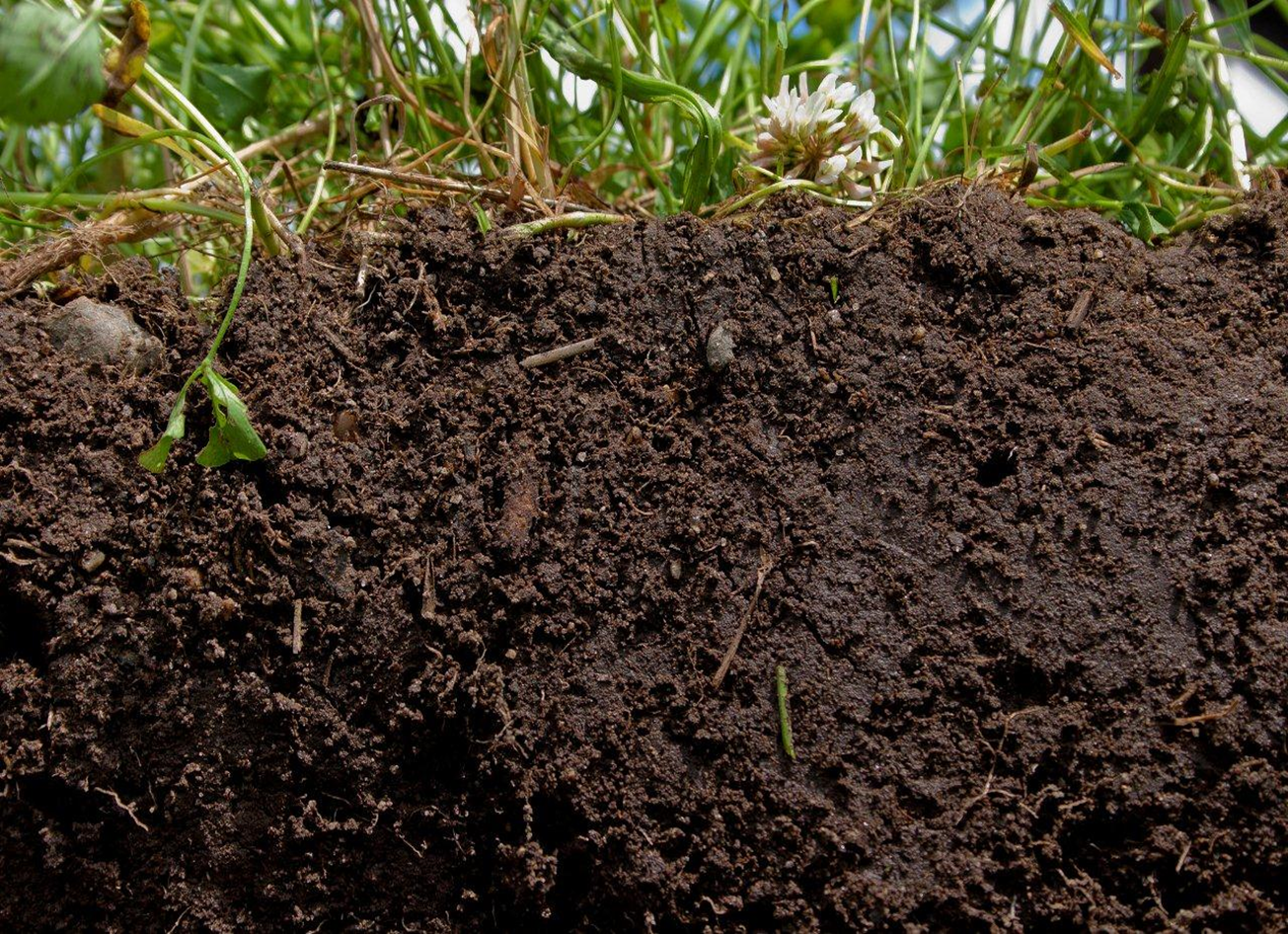Azadeh Maleki, Ali Mahdavi, Masoud Bazgir
Department of Forest Sciences, University of Ilam, Iran
Key words: Carbon Sequestration, Micronutrient, Oak High Forest, Ilam Province.
 Abstract
Abstract
The main challenge of modern world, especially in arid and semi- arid regions, is climate warming due to green house gases. With regard to the role of forests in decreasing green house gases (by means of carbon sequestration), this study was done about oak high forests in Dalab region of Ilam province. 30 soil samples (combined sample) were collected from canopy and under canopy in order to measure carbon sequestration from two depths 0- 15 and 15- 30 cm as random- transect. Also, some of most important features of soil, including acidity, bulk density, and EC (Electrical conductivity), organic carbon, total nitrogen, absorbable phosphorous and exchangeable potassium, were measured in laboratory. Results showed that the value of carbon sequestration in 0-15 cm layer (46.18 ton/ ha) is significantly more than 15-30 cm layer (40.5 ton/ ha) whereas its value had not so difference in under and out of canopies. Pearson correlation results suggested a significant and positive difference among organic carbon, EC, nitrogen and potassium with soils carbon sequestration and negative relationship with soil acidity. With regard to so many benefits of carbon sequestration and also Iran membership in the Climatic Changes Convention, it is necessary that by means of managing, conserving and recovering forests to make a positive step toward reducing the density of atmospheric carbon, consequently reducing global warming.
Get the original articles in Source: Volume 5, Number 2, August 2014 – JBES
Journal Name: Journal of Biodiversity and Environmental Sciences (JBES)
Published By: International Network for Natural Sciences
Related Post: Survey rain-fed wheat compatibility with Kermanshah climate – JBES
